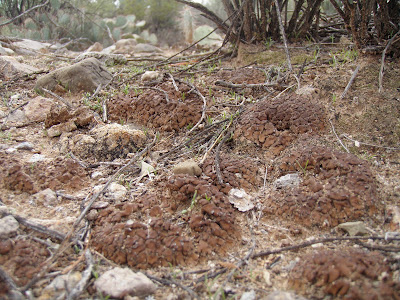Bears are opportunistic omnivores who follow their nose to the next meal. This skill has kept them fed, but it has also resulted in "problem bears," or bears that associate humans with food. Once this association has been made, a bear is generally doomed. Most land managers give a bear two chances to reform, after that it is destroyed if it comes into someone's camp looking for a handout.
Bears are not cuddly, harmless pets. They have killed and mauled humans, sometimes without an understandable cause. But often the hype surrounding a bear attack overshadows reality. According to bear expert Steven Herrero, there were fewer than 200 grizzly-related injuries to humans between 1900 and 1980, with only 14 deaths. Black bear attacks are more common, but of the 500 people attacked by black bears between 1960 and 1980, 90 percent of the injuries were considered minor. The number of bears killed in those same time periods is unknown, but hundreds, if not thousands of bears that have lost their lives over the years because they couldn't get along with their human neighbors.
Hang food from tree limbs 12 feet off the ground, 6 feet from the tree’s trunk, and 6 feet below the supporting limb, or store it in specially designed bear-resistant canisters or on-site lockers. Canisters are available for rent and sale at sporting goods suppliers and some land management agencies. Hanging food can be tricky, so practice hanging techniques before venturing into the backcountry and allow yourself plenty of time before dark to get set up.
In order to properly hang a bear bag, there are a few necessary pieces of equipment:
1. 100’ of rope or parachute cord
2. 1-2 carabiners
3. stuff sack large enough for all food, trash and smellables (soap, bug spray, toothpaste, etc.)
The ideal site for a bear bag hang is a minimum of 100’ from your campsite (in grizzly country, consider placing your hang 300’ from your camp to be safe). Once far enough from camp, you’ll need to locate a suitable tree from which to hang your bag. Sometimes a single tree will have the perfect branch from which you can hang your bag (12’ up and 6’ out from the trunk or nearest branch). In this case, you simply need to attach something weighted to the end of your rope or cord. A rock can work well but you must be cautious when throwing rocks over tree branches, making sure to keep all group members at s safe distance and having a spotter to ensure no one (especially the thrower) gets hit by the flying rock. Another option is to use an old sock filled with gravel, small stones or a single rock. A sock can also be easier to attach to the end of the rope. If you can locate a single tree branch to meet your needs, all you do is throw the rope over the branch, ensure that it’s 12’ up and 6’ out, attach your bag to the rope with a carabiner then hoist your bag to the desired height and then tie the bag off on the nearest suitable anchor (rock, tree, etc.). In many areas finding the perfect tree for a single-branch hang is challenging. More often than not you’ll have to do a “two-tree” hang meaning you’ll have to use two shorter branches on two different trees. This is most easily accomplished by throwing the rope (weighted of course) over one branch on one tree then throwing the other end over the branch of another tree, and then attaching your bag to the center of the line. Have a helper pull on one end of the rope while you pull on the other, raising the bag until it reaches the magic 12’ and 6’. You might have to dig deep into your 8th grade geometry knowledge to get the right proportions but with a bit of forethought, you’ll eventually get it right.
Hanging a bear bag is far from an exact science and requires a lot of practice. Ideally, you’d try a few bear bag hangs in the backyard or at a local park before heading out into the woods. “Learning” how to hang a bear bag at the end of a long day, in the fading daylight, can be an exercise in frustration. Therefore, be sure to practice this skill so that you can do it right the first time when in the field. Also, choosing a bear bag site and getting the ropes hung should be a priority when you first arrive at your campsite. By properly storing all of your food, trash and smellables, you’ll ensure both a good nights sleep and a natural diet for bears.





















































